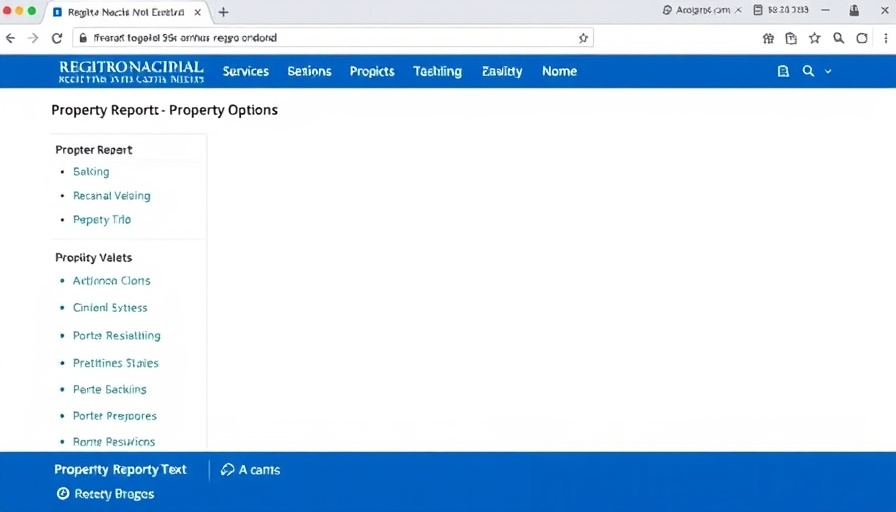
Costa Rica’s Tariff System: An Overview
Costa Rica's approach to tariffs is a fundamental aspect of its economic framework. Import tariffs, known locally as impuestos al importación, act as both a source of revenue and a protective measure for local industries, particularly agriculture. This article delves into how these tariffs function and their impact on the economy and consumers.
In 'How Costa Rica Uses Tariffs,' the discussion dives into the complex world of tariffs in the country, exploring key insights that sparked a deeper analysis on our end.
The Mechanics of Import Tariffs
These tariffs are taxes applied to goods entering the country, with varied rates depending on the product. For instance, the importation of ground beef incurs a 19% total duty, while a mini-split air conditioning unit can result in upwards of 38%. These figures can be alarming, especially for retirees or professionals considering relocating to Costa Rica, as they contribute to the overall cost of living.
Historical Context: Tariffs in Costa Rican Economics
Tariffs have long been embedded in Costa Rica’s economic fabric, serving not only as a revenue generator but also as a shield for local manufacturing against foreign competition. Historically, the dairy and sugar industries have benefitted from these protective measures, which have been crucial in supporting local farmers and small manufacturers. However, balancing these protections with the realities of a globalized economy remains a continual challenge.
The Role of Free Trade Agreements
With a growing number of free trade agreements now in place—including arrangements with the United States, European Union, and several Latin American countries—Costa Rica is navigating a complex trade landscape. These agreements often mean reduced tariffs for select goods, allowing Costa Rican products like medical devices to find favorable conditions in foreign markets. However, all this must be watched closely, as various industries may react differently to fluctuations in tariff structures.
Current Debates on Tariff Policies
The discussion surrounding tariffs today is polarized. Advocates argue that high tariffs stabilize and protect local industries, while opponents claim they disproportionately affect the middle class and elevate the cost of everyday goods. For retirees and expat professionals, these perspectives are particularly pressing; understanding tariff implications can greatly influence their living expenses and lifestyle in Costa Rica.
A Closer Look at Tariff Impacts on Consumers
For the typical Costa Rican citizen—or the prospective retiree—these tariffs are not merely economic statistics; they translate into tangible costs whenever they visit the supermarket or consider importing goods from abroad. The consumer's experience, influenced by both domestic policy and international relations, underscores the interconnectedness of global trade and local economics.
Future Prospects: What Lies Ahead for Tariffs?
As free trade agreements evolve, there is a strong possibility that the tariff system in Costa Rica may also transform. The growing presence of international markets suggests that tariff policies may adapt to enhance competitiveness while still retaining safeguards for local industries. For retirees and expats planning their financial futures, keeping an eye on these changes is crucial.
With Costa Rica's current trajectory, it's essential for anyone living or planning to retire here to stay informed about these policies. The implications of tariffs matter, and understanding them can lead to more informed financial decisions and a better quality of life.
In conclusion, Costa Rica's tariffs are not just taxes; they are a reflection of the country's economic history, current debates, and future trajectories. Understanding these tariffs is key for anyone considering life here, especially retirees and professionals who will be significantly affected by these policies. Would you like to explore more about living in Costa Rica? Stay informed about its economic landscape by keeping an eye on tariff developments and their implications.
 Add Row
Add Row  Add
Add 




 Add Row
Add Row  Add
Add 

Write A Comment